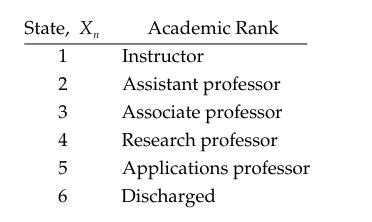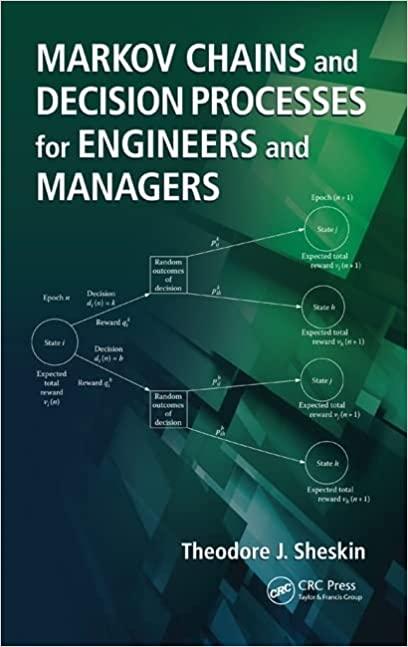A certain college of management has five academic ranks for its faculty: instructor, assistant professor, associate professor,
Question:
A certain college of management has five academic ranks for its faculty: instructor, assistant professor, associate professor, research professor, and applications professor. The first three ranks are tenure-track. Only research professors and applications professors have tenure. A tenure-track faculty member may be discharged, remain at her present rank, or be promoted to the next higher rank. Only tenure-track faculty members can be promoted or discharged. A tenure-track faculty member who is discharged is never rehired. An associate professor may apply for promotion with tenure to the rank of research professor or applications professor. A research professor may remain a research professor or switch to the position of applications professor. Similarly, an applications professor may remain an applications professor or switch to the position of research professor.
By assigning a state to represent each academic rank, the career path of a faculty member of this college is modeled as a six-state multichain. The state Xn denotes a faculty member’s rank at the end of academic year n. The states are indexed as follows:

An instructor or assistant professor of rank i will be discharged with probability di , remain at her present rank with probability ri, or be promoted to the next higher rank with probability pi . An associate professor may be discharged with probability d3, remain an associate professor with probability r3, be promoted to the rank of research professor with probability pR, or be promoted to the rank of applications professor with probability pA. A research professor may remain a research professor with probability r4 or switch to the position of applications professor with probability 1 − r4. Similarly, an applications professor may remain an applications professor with probability r5 or switch to the position of research professor with probability 1 − r5.
(a) Construct the transition probability matrix.
(b) Classify the states.
(c) Represent the transition probability matrix in canonical form.
Step by Step Answer:

Markov Chains And Decision Processes For Engineers And Manager
ISBN: 9781420051117
1st Edition
Authors: Theodore J. Sheskin





